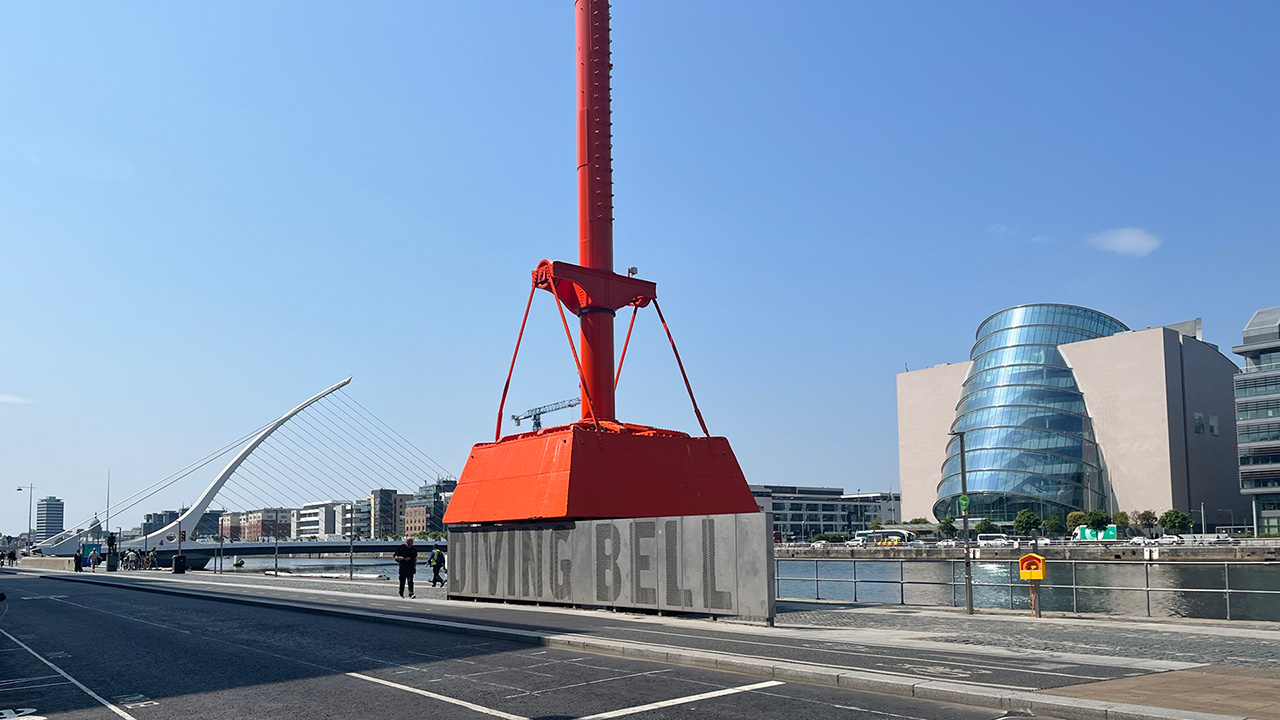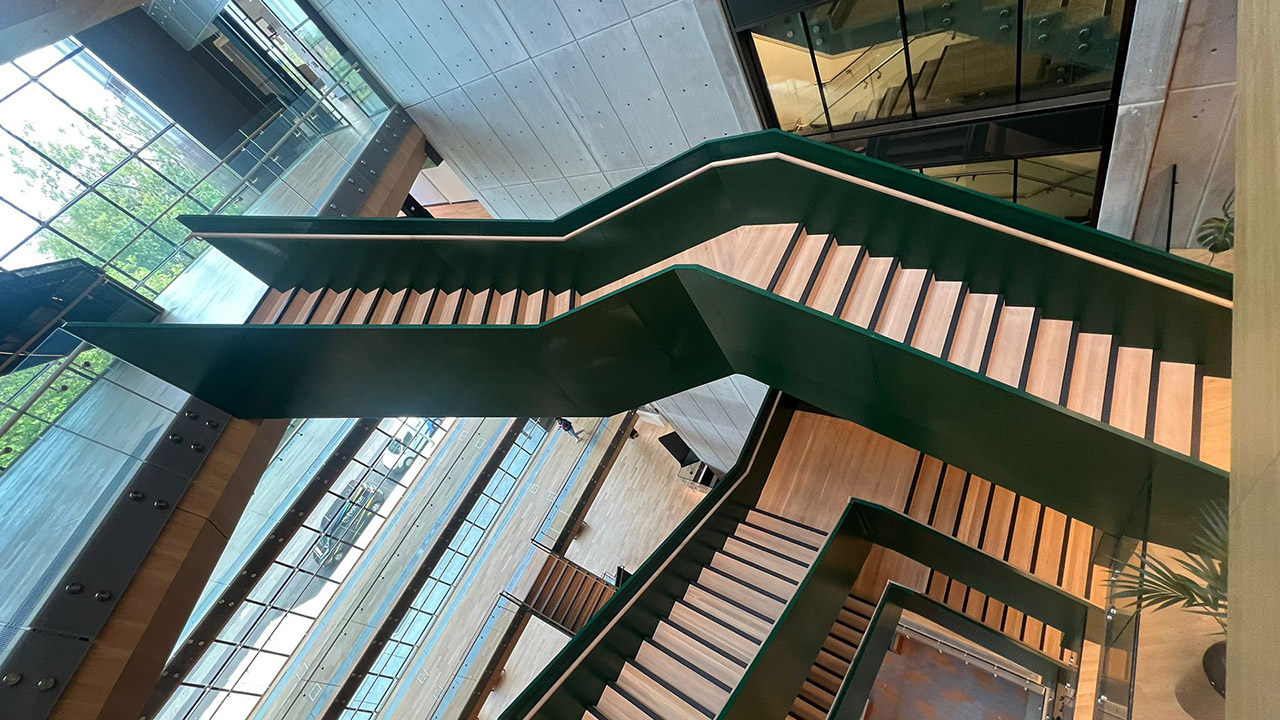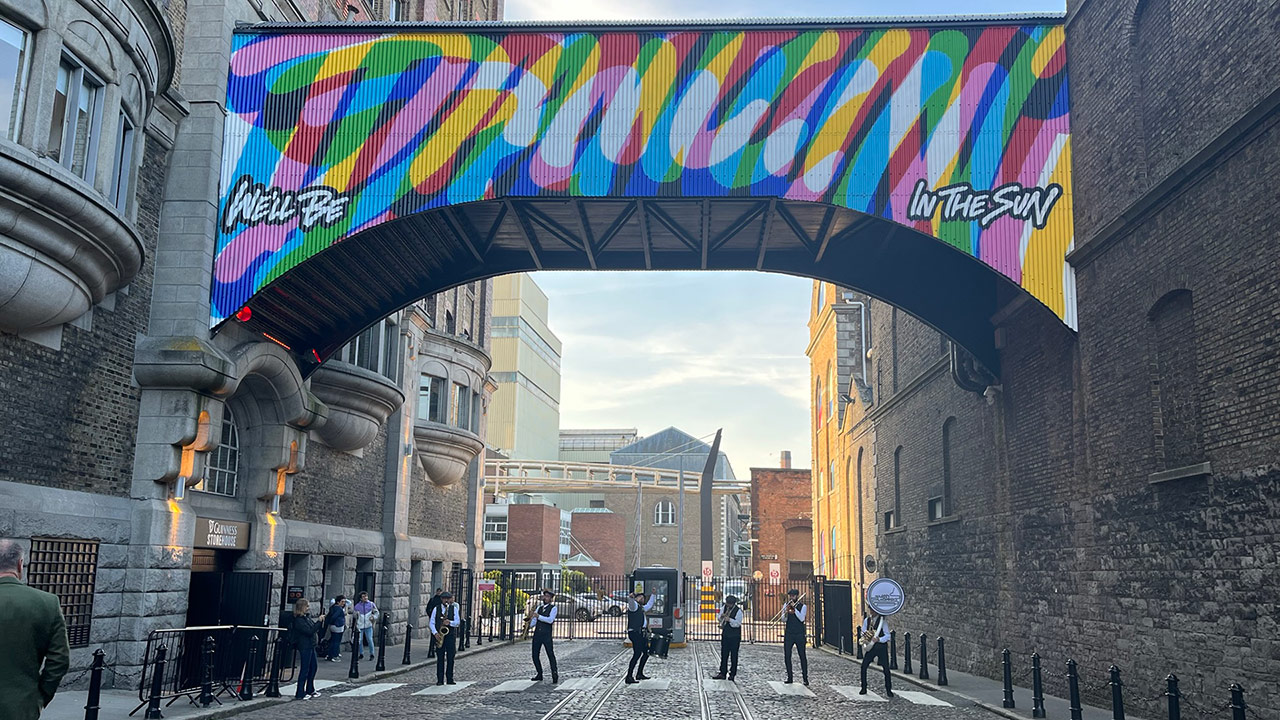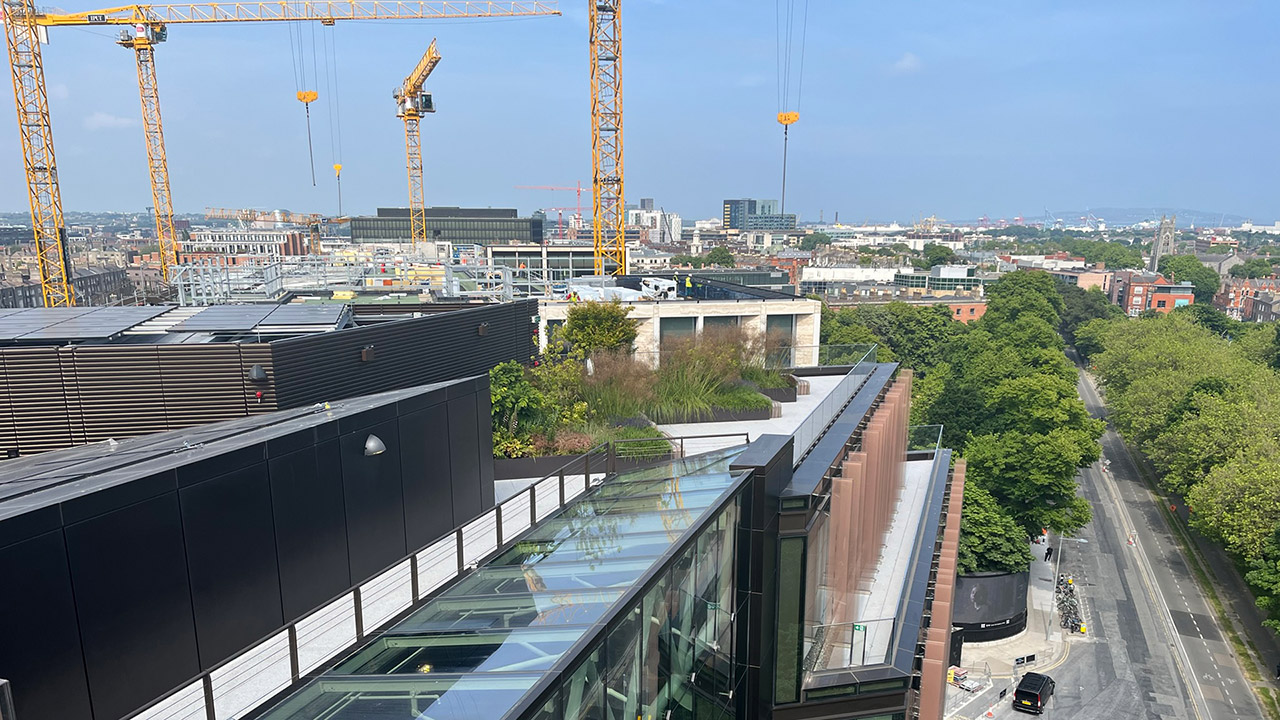BCO Conference Dublin 2023 : Our Takeaways
The BCO conference kicked-off on June 7th in Dublin with an array of events to get to know the city, mingle with new people and connect with existing friends. The main conference event commenced the next day and continued into Thursday with knowledge events, building tours and evening socials. On the last day we sat by The Grand Canal with Google and the Bord Gáis Energy Theatre at our backs and reflected on our time in Dublin and the emerging themes:
Placemaking
One of the key topics that emerged primarily in the developer’s discussion was placemaking – and how workplace and community are intrinsically linked to placemaking. What is it, about a place made you return time and time again? There’s more to great spaces than striking architectural lines and high-quality finishes, the people are at the heart of what makes a place successful. “People are linked to communities and communities are linked to place,” said Ericcson. To create a great place, communities need to be part of the discussion. We are beyond creating business districts that are dead zones as soon as the workforce leaves. Places must have multiple functions, but developers need to have conversations with the communities to understand what will add value to the local area – not what they think will add value. The places we create can be transformational for people and place but only with joined up thinking and an aspiration to add value in a different way.
Workplace Osmosis & Communication
Businesses are continuing to grapple with how to approach their property estates to be in line with their ways of working policies and what colleagues are dictating. It is clear, however, for our workplaces to attract staff back into the office they need to have a personality. There is strength in places to formulate memories, spark thinking, and create unique patterns. When we work at home our memories are reduced to a home office and Microsoft Teams. What does this mean for our cognitive functions? Research shows that when we move to different spaces, our ability to retain information increases, and we become more effective at our roles. (Plastarc.com). Emerging workplaces are encouraging just this, by creating different spaces and places that encourage movement and variation in our day.
The pandemic has encouraged us to think differently about how we work and made it easier to balance our lives, but we are beginning to see the impacts of this separated time on our ability to collaborate and communicate. Some academics are talking about a ‘lost generation’ of our young people who studied on their own during Covid therefore did not learn the benefit just being with others. It was noted by Indy Johar from Dark Matter Labs, that 80% of our communication is non-verbal – when we are together in a room, are when new ideas tend to be discovered. When on a virtual meeting the osmosis of a scrum meeting is lost to mute buttons – we need to get the spark, emotion, and movement back into our working life.
Shared Assets & Spaces
Currently our mindset is focused on a capitalist market where assets are owned by private organisations. Value within the system is purely dictated by how investors and developers can eventually make a direct transaction on a product or space. What if there was different way to add value through shared spaces? Developers say shared amenity spaces are the hardest areas to price but are necessary in today’s market to add value for occupiers. How far will we take shared assets in the future and where do we draw the line? For now, spaces like receptions are being re-examined to work harder with multiple uses and bringing in the public.
If property is to remain competitive developers need to start looking beyond the building to what’s outdoors. Shared public spaces and greenery are the new value add. The build of the iconic Highline public walkway in NYC cost 128 million but returned 3.4 billion in value for surrounding properties, yet none of that has been fed back into the Highline. Trees are the new extension of infrastructure and are our ability to restructure our cities and develop sustainable futures.
The Future of AI
Not only are the places around us in a restructuring phase but also our systems. It was said by Indy Johar, from Dark Matter Labs and Architecture 00, that as AI continues to break into our work streams there will be a restructuring of business and school models. Automation will be completely taken over by AI but what will emerge is a new generation of creative thought leaders. Schools have made us into “bad robots” retaining and regurgitating information in the form of an exam to tick the box and move on. Businesses and education institutions will need to work together to determine what will create a workforce that adds value to society and is creative in their approach.
Stay tuned for our BCO takeaways presentation in August. We will be giving an overview of the conference events but whether the conversation has moved on or developed from the above. Look forward to the discussions at the event.
Tara Kursinsky
Strategic Consultant



